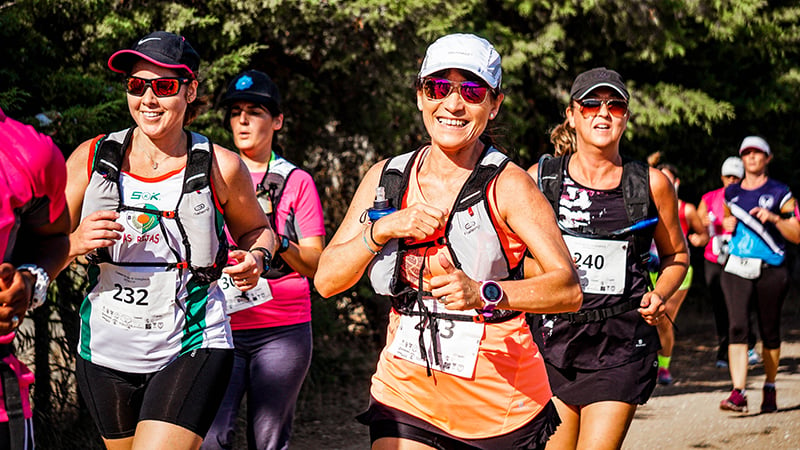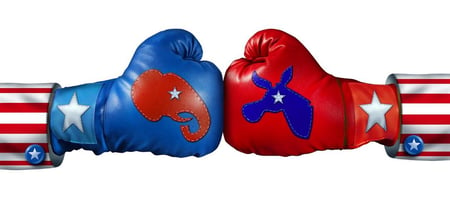It’s that time of year when many nonprofit organizations are planning their annual fundraising event or gala. 53.8% of nonprofits start planning their year-end appeal in October and nearly one-third (31%) of annual giving occurs in December (Neon One). Now is a great time to start that planning. Fundraising events are a great way to engage your donors and those who have the highest propensity to give. Over the course of planning and execution, there are five considerations to keep top of mind when it comes to hosting your annual fundraising event.
Will you have an event sponsor? Sponsors require extra planning and effort but they can 1) offer a big boost to your event’s bottom line and 2) provide a great way to engage corporate donors and prospects. To start, you will want to determine your sponsorship levels: multiple tiers of options, from being a Presenting Sponsor to sponsoring a table and event collateral. What dollar amount will be associated with each sponsorship level? What benefits will be provided to those sponsors? Then, you will need to determine which companies to approach.
Windfall’s Career Intelligence data can guide your prospecting efforts for corporate sponsors–identifying top employers among your donor base and pointing you to key influencers within a company who can advocate on your behalf. Keep in mind potential sponsors will need time prior to the event to commit to a sponsorship gift. Plus, event materials (e.g. invitations, gift bags with a company’s logo) take time to design, order, and produce. Start your sponsorship work as early as possible.
Event promotion is paramount to the success of your fundraising. Pre-event promotion is all about getting people excited and encouraging them to attend. Get the word out early enough to give individuals time to save the date. Make sure you don’t overlook promotions during the event. This is a crucial step and is an opportunity to energize your donor base, spotlight priority initiatives, and announce the impact that the dollars raised will have. Finally, there is post-event marketing. Celebrate with your donor base and share the dollar amount achieved. Talk about event highlights and thank sponsors.
Prior to throwing your annual fundraiser, you should prepare a stewardship plan. Organizing an event like this is no small feat and having this plan in place is crucial. You should already have a pretty good idea of who your major event donors and sponsors are before the event. Determine how you will reach out to supporters based on their giving. Higher dollar donors should receive more personalized communication, while those who gave at a lower dollar amount may receive a general “thank you” message.
When planning your event, time and place should be a reflection of your institution. The location should be meaningful or a reflection of your institution and its values. Once you choose the location, be considerate of your audience when picking the time. Cater the time to your donor demographics. For example, be aware if your attendees will have to fight traffic on the way to your event. If it’s a younger crowd, a later night might be acceptable. If it’s an older crowd, perhaps consider hosting a brunch.
Last but certainly not least, it is critical that you target the right invitees for your event. This is a premier event that only happens once per year. You should be inviting your top donors and prospects. This audience is the best of the best of your constituents and has the highest likelihood of contributing a major gift. Related, be sure to collect information on everyone who RSVPs and/or joins the event. As an example, if someone sponsors a table, be sure to ask for the names and contact information of those who attended as their guests so you can develop those new relationships. You never know who your next major donor will be!
Do you need help identifying your top invitees? Are you interested in ways you can leverage Windfall to help your event be even more successful? Check out this best practice guide!






.png?width=50&name=Dan%20Stevens%20(3).png)
